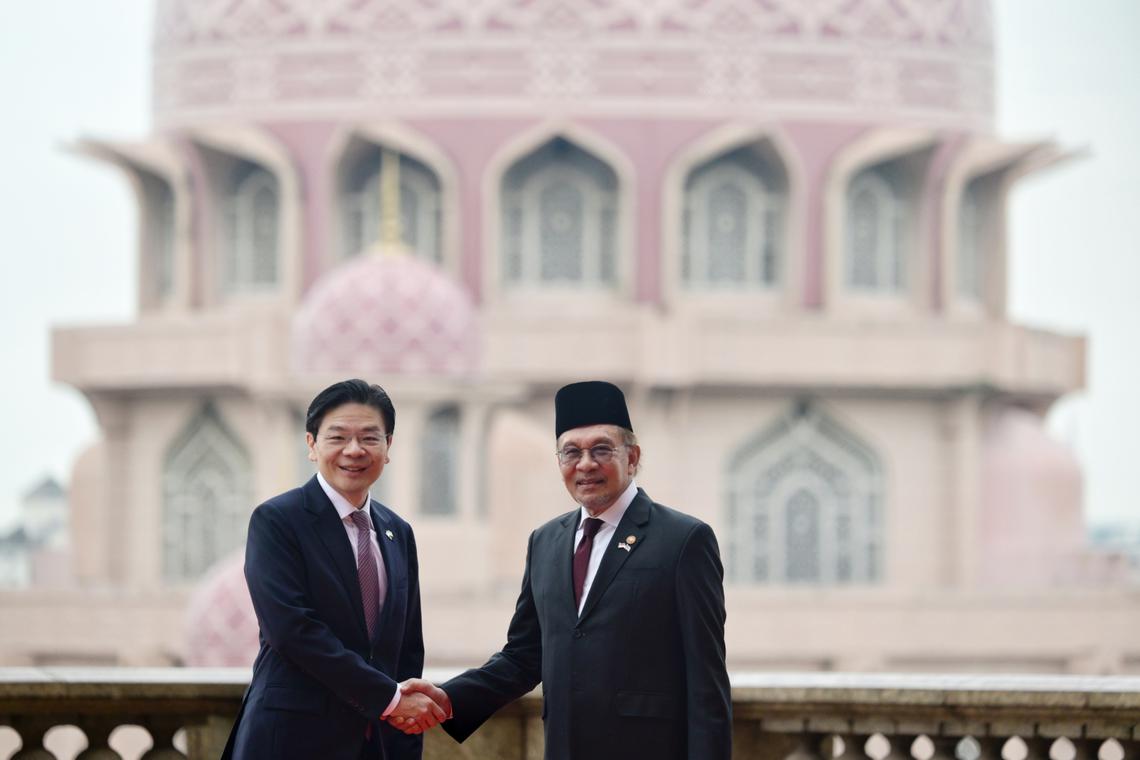The newly formed Johor-Singapore Special Economic Zone (JS-SEZ) has sparked conversations across Southeast Asia, including Indonesia. Officially signed on January 7, 2025, by Malaysia’s Prime Minister Anwar Ibrahim and Singapore’s Prime Minister Lawrence Wong, this initiative aims to enhance economic growth through strategic collaboration. However, it poses challenges for Indonesia, especially in maintaining its competitive edge in attracting foreign investment.
What Makes JS-SEZ Unique?
JS-SEZ spans 3,571 square kilometers, featuring nine economic zones, including Johor Bahru, Forest City, and Pasir Gudang. Offering unmatched incentives such as a 5% corporate tax for 15 years and a 15% income tax for skilled workers, JS-SEZ is designed to attract high-value sectors like AI, quantum computing, and aerospace manufacturing. This unprecedented collaboration between Singapore’s technological prowess and Malaysia’s land resources is a strategic move to draw global investors.
Implications for Indonesia’s KEKs
Indonesia’s Special Economic Zones (KEKs) have gained traction, attracting Rp 82.6 trillion in investments in 2024 alone. However, compared to JS-SEZ, Indonesia faces challenges in sectors like data centers and high-tech manufacturing. Bambang Brodjonegoro, Special Advisor to President Prabowo Subianto, recently highlighted Indonesia’s lag behind Johor in foreign direct investments (FDI).
Competing with JS-SEZ will require Indonesia to revisit its KEK strategies. Infrastructure improvements, streamlined investment processes, and competitive tax incentives are crucial. Currently, Indonesia operates 24 KEKs across sectors like digital economy, education, and aerospace. To maintain investor interest, Indonesia must align its policies with global market demands.
The Strategic Importance of Batam and Kepri
For Indonesia, Batam and Kepulauan Riau (Kepri) are pivotal in the face of growing competition from JS-SEZ. These regions serve as hubs for manufacturing and trade, closely linked to Singapore. However, as Johor becomes more appealing, industries in Batam may face the risk of capital flight. Wahyu Wahyudin, a local government official, stresses the importance of enhancing infrastructure and offering attractive investor incentives to keep Batam relevant.
What Lies Ahead?
JS-SEZ is projected to contribute RM 117.1 billion annually to Malaysia’s GDP by 2030, creating 20,000 high-skilled jobs. For Indonesia, this is a wake-up call. Enhancing KEKs, prioritizing foreign investments, and boosting key sectors like data centers are vital to stay competitive.
Indonesia’s ability to adapt will determine its position in Southeast Asia’s evolving economic landscape. With regional collaborations like JS-SEZ setting new standards, Indonesia must act decisively to secure its share of investments.
Read More






 Thursday, 27-11-25
Thursday, 27-11-25







